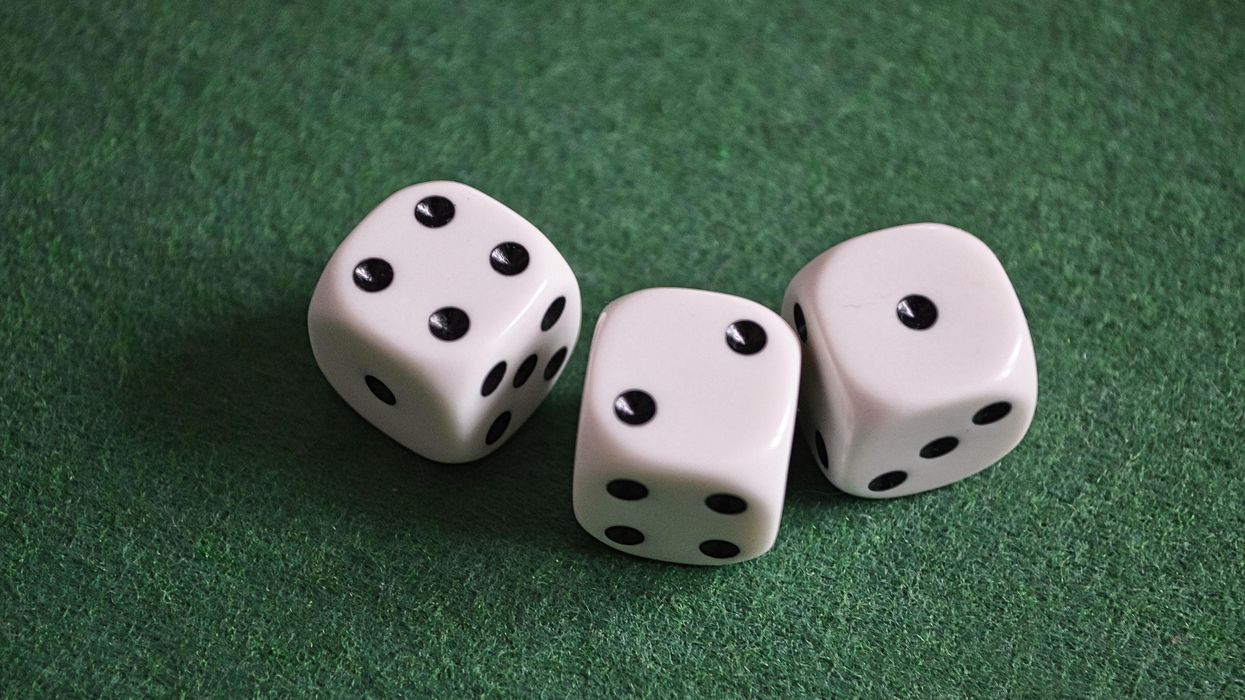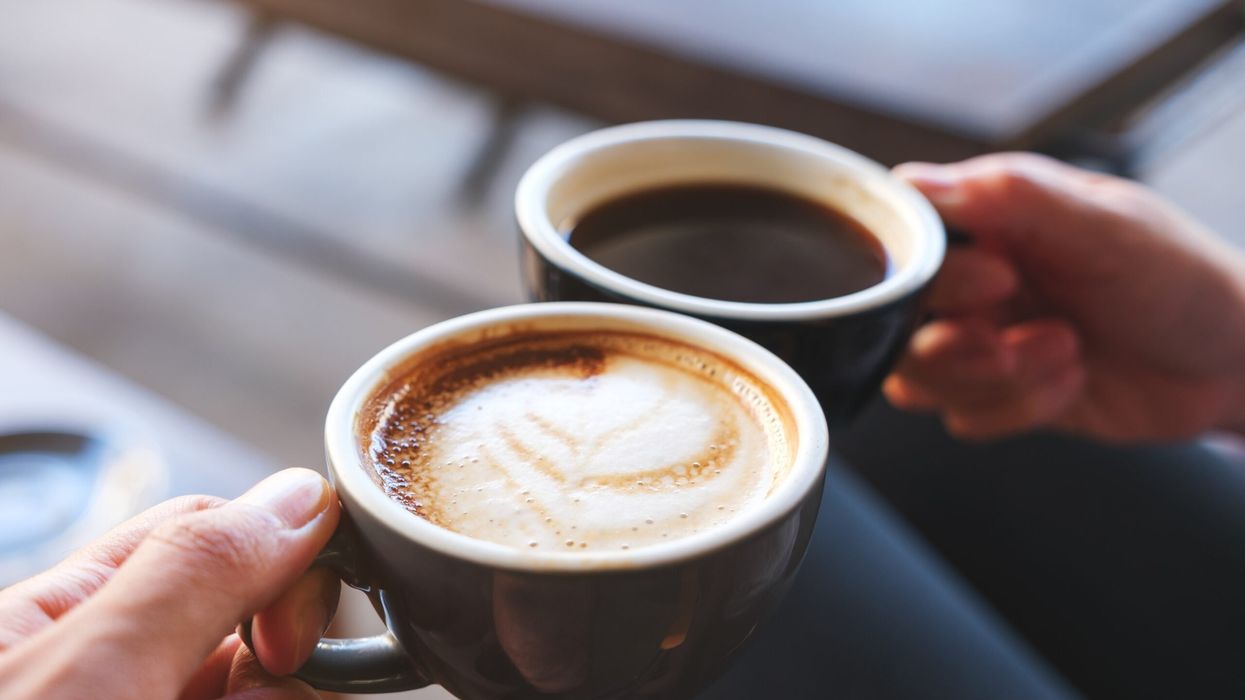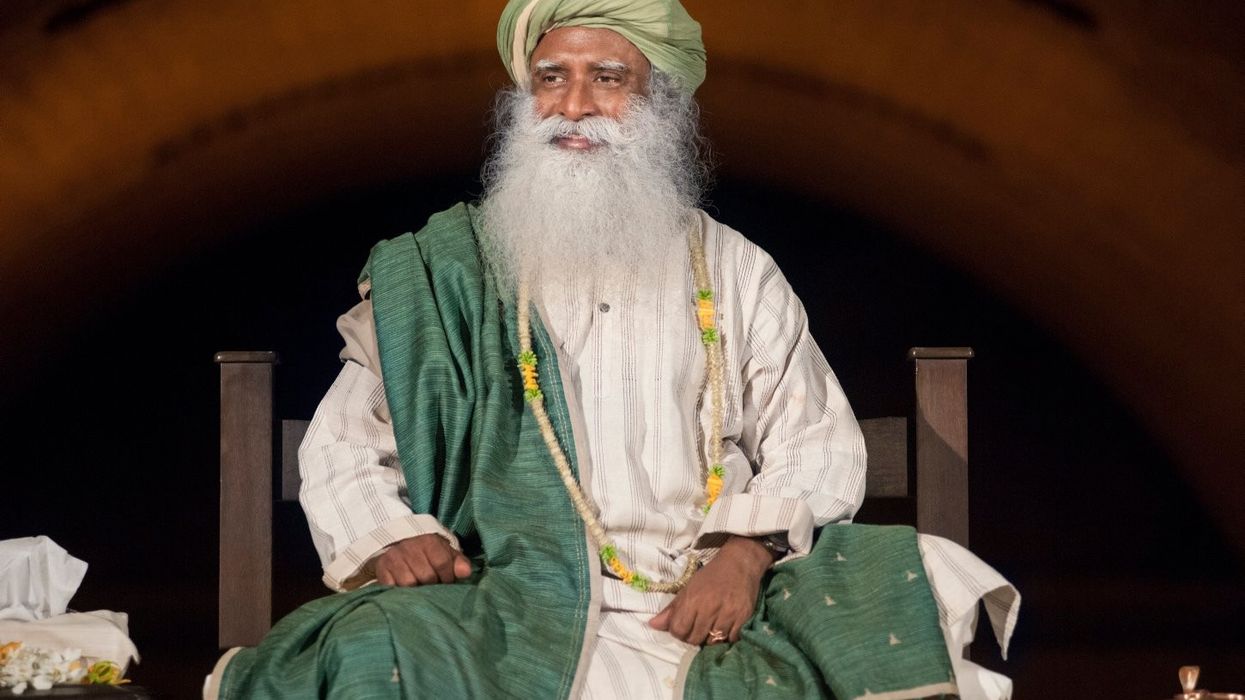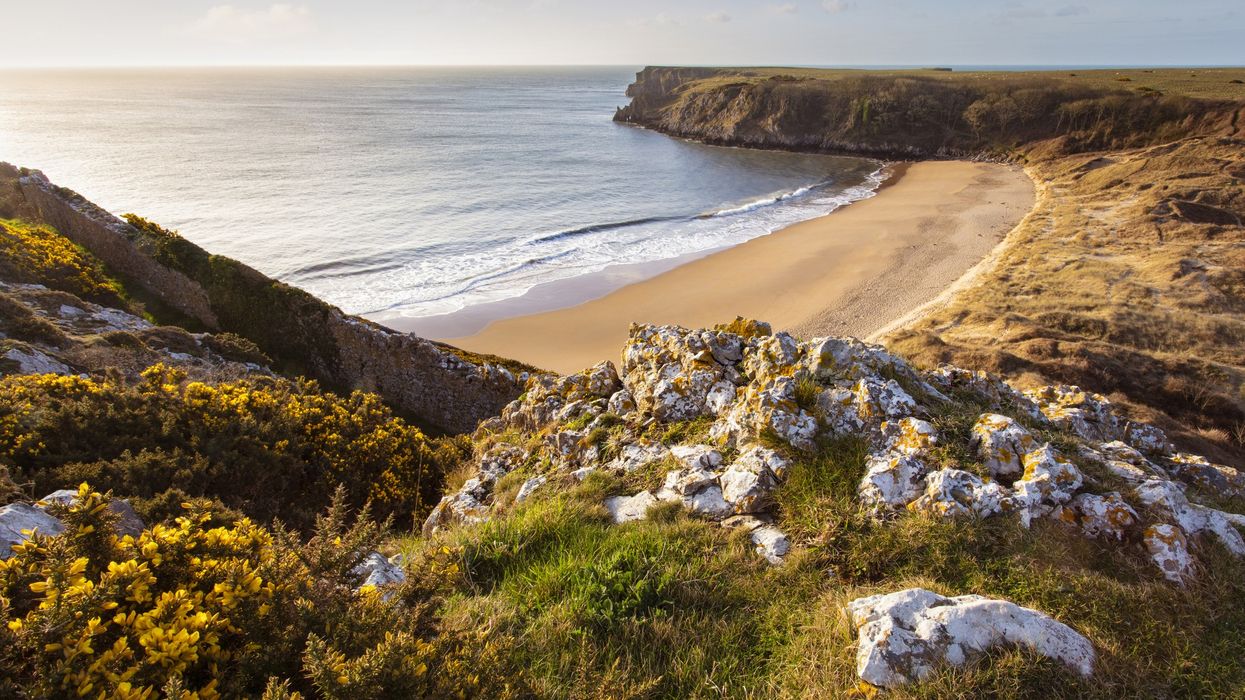AN influential medical journal article that found hydroxychloroquine increased the risk of death in Covid-19 patients was retracted on Thursday (4), adding to controversy around a drug championed by US President Donald Trump.
Three of the authors of the article retracted it, citing concerns about the quality and veracity of data in the study.
The anti-malarial drug has been controversial in part due to support from Trump, as well as implications of the study published in British journal The Lancet last month, which led several global Covid-19 studies to be halted.
The three authors said Surgisphere, the company that provided the data, would not transfer the dataset for an independent review and they "can no longer vouch for the veracity of the primary data sources".
The fourth author of the study, Dr Sapan Desai, chief executive of Surgisphere, declined to comment on the retraction.
"When you have reputable journals that put this kind of work out and are retracted 10 days later, it just increases mistrust," said Dr. Walid Gellad, a professor at University of Pittsburgh's medical school.
The Lancet said on Thursday it "takes issues of scientific integrity extremely seriously, and there are many outstanding questions about Surgisphere and the data that were allegedly included in this study".
It said institutional reviews of Surgisphere's research collaborations were urgently needed.
Another study in the New England Journal of Medicine that relied on Surgisphere data and shared the same lead author, Harvard Medical School Professor Mandeep Mehra, was retracted for the same reason.
The observational study published in The Lancet on May 22 said it looked at 96,000 hospitalized Covid-19 patients, some treated with the decades-old malaria drug. It claimed that those treated with hydroxychloroquine or the related chloroquine had higher risk of death and heart rhythm problems than patients who were not given the medicines.
The World Health Organization, which paused hydroxychloroquine trials after The Lancet study was released, said on Wednesday it was ready to resume trials, and dozens of other trials have resumed or are in process.
"I did not do enough to ensure that the data source was appropriate for this use," the study's lead author, Professor Mehra, said in a statement. "For that, and for all the disruptions – both directly and indirectly – I am truly sorry."
Many scientists voiced concern about the study, which had already been corrected last week because some location data was wrong.
Nearly 150 doctors signed an open letter to The Lancet calling the article's conclusions into question and asking to make public the peer review comments that preceded publication.
The episode highlights how studies to prevent and treat the virus are being conducted at unprecedented speed while garnering high levels of attention that could give findings unwarranted weight.












